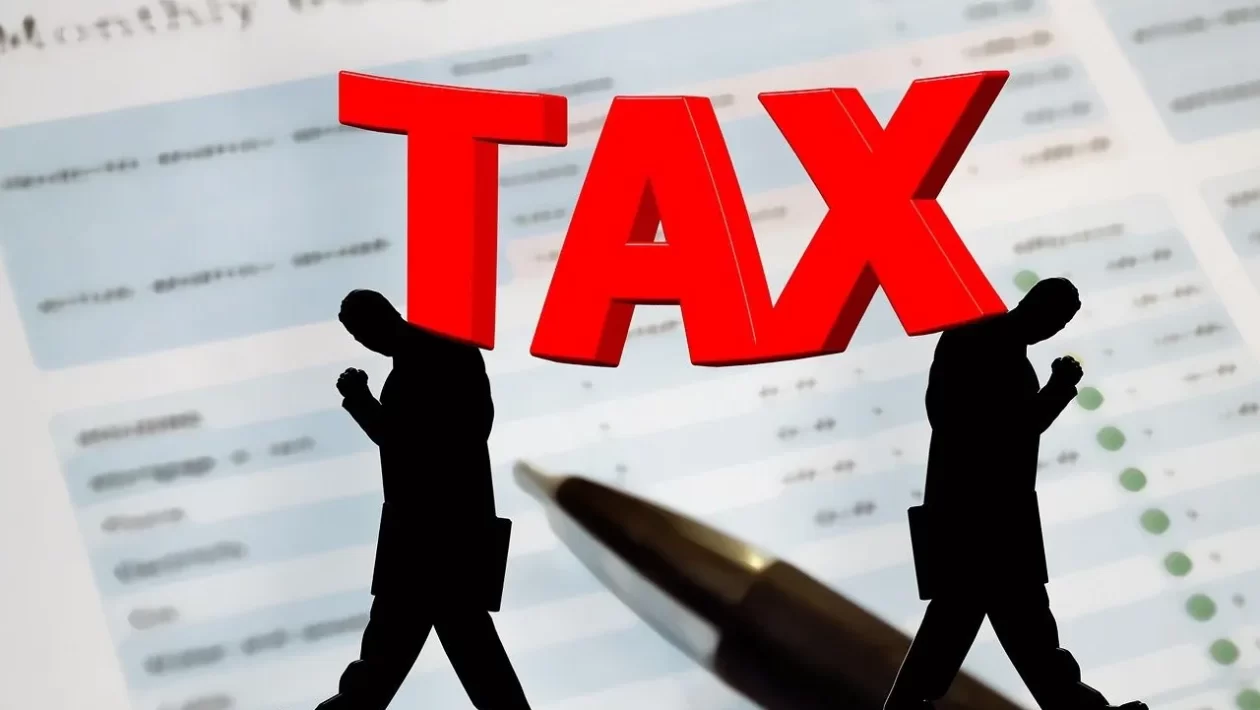ERC is a program that has been created because of the economic shutdown caused by the COVID-19 pandemic. Small businesses and companies were incentivized by a refundable tax credit for them to maintain their payroll in 2020 and 2021.
As many owners struggled to maintain their headcounts, they were asked to keep the people that they could with the help of an employee retention tax credit or ERTC. Combined with the paycheck protection program and the use of refundable credits as a tax deduction, it’s no wonder why so many were attracted to the offers.
Specifics of the ERC
CARES, or the Coronavirus Aid, Relief, and Economic Security Act introduced the ERC, but although this has officially ended, know that this does not mean that the owners won’t be able to retroactively claim the credit.
Know that companies have up to three years from the end date to see if they are still eligible for the employee retention credit, and they have until April 15, 2024, to file for amended returns for the 2020 quarter. Different restrictions apply to companies that have fewer than 100 or 500 workers, so make sure to consult a professional before the application process. Read more about this on the following where you can get advice on what to do next.
Credit For Employee Retention
6675 Montego Bay Blvd
Boca Raton, FL 33433
Refundable tax benefits encourage employers by making them receive credits that are 50% of the first $10,000 earnings paid to their people. It’s applied to those owners whose businesses were partially or fully interrupted due to the pandemic.
- How Much is the ERC?
In the year 2020, the amount is approximately $5,000, and in 2021, for the first three quarters, this goes to $7,000 per quarter or employee which can equal $21,000. Overall, refunds of tax credits can be up to $26,000 per person, and you can find more information about this on this site.
- What’s the Eligibility
Save some time and resources by knowing if you’re eligible in the first place before submitting your application. This applies to businesses that were shut down because of the virus concerns during COVID-19 in 2020 or 2021. Gross receipt reductions due to commerce-related issues and travel restrictions can make you a good candidate for the ERC.
Companies that totally stopped their operations because of government limitations may try, and this can also apply to trades that had cut back on their working hours due to local mandates and laws at the time. Applicable credits are only applied in the interruptions during the operations.
- Salaries Used for Qualification
Paid wages between the dates March 12, 2020, and January 1, 2021, are qualified, and if there are reduced gross sales, the authorities are going to treat this as eligible for compensation. Reimbursements are going to include health insurance, salaries, and personnel costs. Firms can use this opportunity regardless of their niches and size.
- How to Start the Claims Process?
Lowering your payments on taxes before you file the quarterly tax returns can make you eligible. Utilize the 7200 form of the IRS and ask for the credits in advance. Any excess is going to be returned to the owner if the ERC exceeds the overall tax liability of the company.
Maximize the acceptable wages available for the ERC by making sure that your PPP loan forgiveness forms include all of your eligible expenses. Get info on the PPP at this link: https://en.wikipedia.org/wiki/Paycheck_Protection_Program.
- What’s In It For You?
Small businesses can benefit from this program because they are not going to pay a significant amount of taxes on their payroll if they are entitled to receive the credits. Enough cash can be sent to them to keep their businesses afloat, and since vaccination is available in many states, they can use the extra funds to meet customers’ demands. Using the Payment Protection Program loan on top of the ERC is another advantage because this means more dollars are coming into the company account.
- Claiming the PPP and ERC Simultaneously
Many are asking if they can make claims for the two, and the answer is yes, you can. Initially, this was not possible, but the Consolidated Appropriations Act that was established in December 2020, has declared that companies can take advantage of these breaks as long as they meet the eligibility, conditions, regulations, and requirements.
In essence, the filing of the PPP forgiveness forms is very particular that companies should not identify the payroll expense as both costs and tax credit wage. Non-negotiables like these should be adhered to so owners can prevent legal issues and penalties down the line.
Reasons to Outsource Your ERTC

Expertise and Knowledgeable Experts Can Make the Process Hassle-Free
Terms and conditions may be difficult to understand, and some teams may encounter challenges as they are trying to complete the process. This is trickier as the laws are evolving, so you might want to go to the professionals to stay current about everything. Prevent mistakes and get timely completion of the forms when you rely on a professional to process the ERC for you.
Let You Focus More on Your Business
Give more time to solve problems regarding your business and outsource the refunds and tax filing to professionals. Any problems will be handled immediately, and you’ll be able to ensure compliance with various requirements.
Even a single mistake can result in hefty fines and audits, so avoiding punitive consequences should be your priority. Save money and avoid headaches when you let the people who know about the laws run everything.
Reduced Costs
Filing and calculation errors can be detrimental to the company and in many cases, you might have to undo the actions that can lead to more expenses as the problems are being rectified. Accurate documentation can avoid excessive fines, so you’ll have more resources towards other tasks. The best companies can provide high-quality customer services that can help you achieve your end goal in the most hassle-free way possible.





